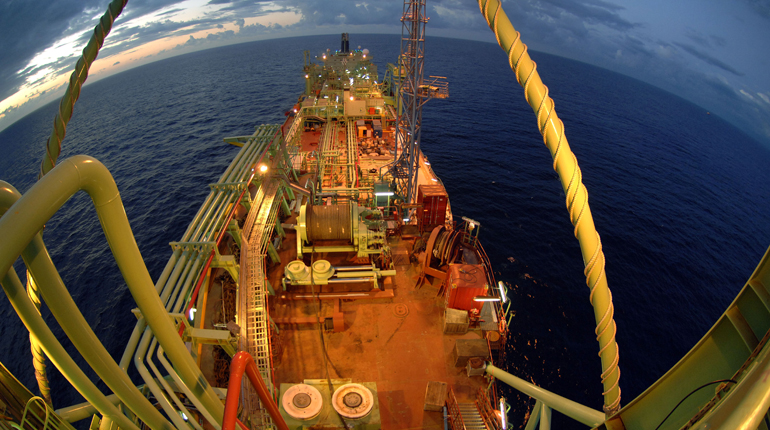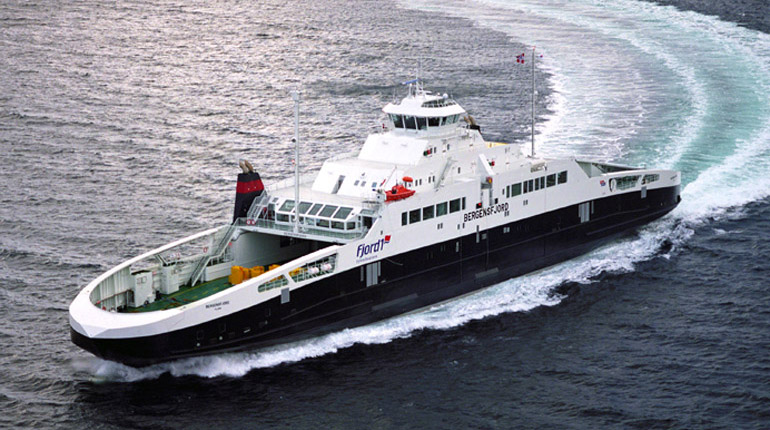Highlights
- North America will enter the gas-withdrawal season in November with lower stocks than last year.
- Gas production in major consuming countries in Latin America will lag domestic demand, increasing their dependence on imported gas and LNG.
- LNG suppliers such as Trinidad and Peru will struggle to increase export volumes, tightening the regional market.
Economic overview
Persistent strength in the United States dollar against Latin American currencies has made gas and LNG imports more expensive for key consumers in the region. This will weigh further on their current account balances.
The improving economic situation in the US and anticipation of the Federal Reserve increasing its benchmark interest rate in H1 2015 are supporting strength in the dollar. The dollar index, which reflects the value of the dollar against a basket of major global currencies, attained its highest level in September since June 2010.
Quarterly and annual year-on-year GDP growth rates
| Q4 2013 | Q1 2014 | Q2 2014 | 2014 | 2015 | 2016 | |
| US | 3.1% | 1.9% | 2.6% | *2.2% | *3.1% | *3.0% |
| Canada | 2.7% | 2.1% | 2.5% | *2.3% | *2.4% | *2.4% |
| Mexico | 0.7% | 1.9% | 1.6% | *2.4% | *3.5% | *3.8% |
| Brazil | 2.5% | 1.9% | -0.9% | *0.3% | *1.4% | *2.2% |
| Argentina | 1.3% | 0.3% | 0.0% | *-1.7% | *-1.5% | *-1.5% |
Brazil’s GDP growth rate fell by 0.9% in Q2 2014 on an annual basis, and Argentina’s growth rate stagnated during the same quarter. Political uncertainty in Brazil weighed on the local currency after no candidate in the presidential and gubernatorial elections, held on 5 October, received more than 50% of the vote. A second-round run-off will be held on 26 October, and investors fear the return of the incumbent President Dilma Rousseff.
Meanwhile, economic woes in Argentina deepened after the country’s President Cristina Fernández de Kirchner replaced the head of the central bank, Juan Carlos Fabrega, with her top securities and exchange regulator Alejandro Vanoli in early October. The move raised serious questions about the independence of the country’s central bank.
Demand for imported LNG and gas will remain high in Argentina and Brazil, despite economic weakness in the two countries, as respective governments are reluctant to ration gas.
Log in to continue reading...
To continue reading this article, you must have an active subscription. By logging in or signing up for a free trial, you are agreeing to our terms and conditions, privacy policy and cookie policy.



